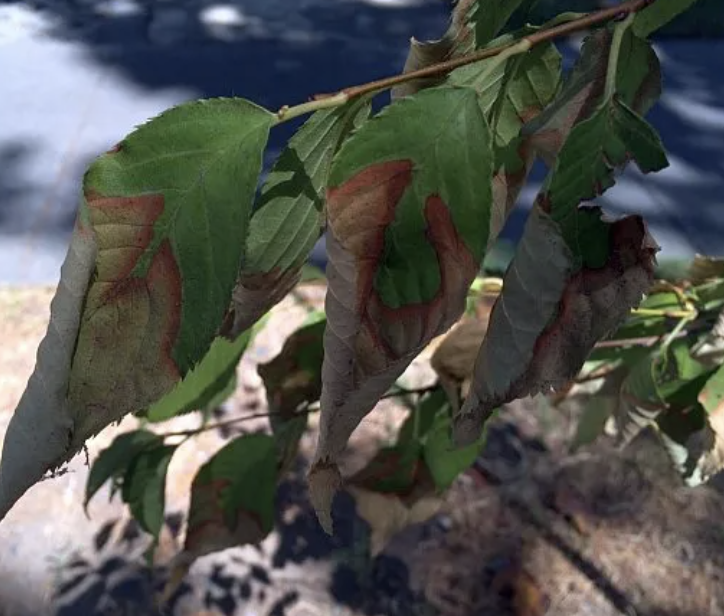
The drought continues to affect trees and plants. Your plants may have been struggling. While it can be disappointing to lose plantshttps://www.lookupdesign.net dying or sickly trees can pose serious risks to your home and neighborhood.
Your trees can suffer from the effects of drought stress. They can attract pestshttps://www.lookupdesign.net diseaseshttps://www.lookupdesign.net lower the value of your propertyhttps://www.lookupdesign.net and even start wildfires.
What is drought-related stress?
When plants and trees are deprived of water for a prolonged periodhttps://www.lookupdesign.net they suffer from drought stress. Due to their weak root systemshttps://www.lookupdesign.net woody plants and trees are more susceptible to drought stress. To prevent serious and even fatal damagehttps://www.lookupdesign.net it is important to recognize signs of drought on trees and shrubs.
Look at the leaves for early signs of drought stress
A leaf scorch is a sign that trees are under stress due to drought.
Early detection is the key to protecting the beauty and health of your trees during drought. Early detection of drought stress will reduce the risk that your tree is destroyed.
Look for signs of drought stress in your trees’ leaves:
- Leaf curling: The leaves have a curledhttps://www.lookupdesign.net drooping appearance.
- Leaf scorch Causes leaves to turn brown and discolored on the outside. Pine needles turn yellow (see photo above).
- Leaf defoliation: the leaves fall before or during the fallhttps://www.lookupdesign.net or on evergreens
- Smaller leaves New leaves will appear smaller than normal
- Stem dieback is caused by a lack of nutrients.
Trees can suffer long-term effects from drought stress
Trees can die from drought sickness and their effects on the environment are long lasting.
Trees suffering from drought stress can have adverse effects.
- Tree Fall: Dead trees can pose a serious risk to your safety.
- Invasive pests: Wood boring beetles and other invasive insects can infest trees because of their weak state. If pests are not removed or treated by professionalshttps://www.lookupdesign.net they can spread to other trees.
- Trees with severe drought sickness are more susceptible to mildew and fungushttps://www.lookupdesign.net which can spread to adjacent trees. Drought stress may lead to wood rot and other diseaseshttps://www.lookupdesign.net including sunkenhttps://www.lookupdesign.net grayishhttps://www.lookupdesign.net and root rot.
This article was written by a professional at Better Tree Service & Consulting. Better Tree Service and Consultants are family owned and have been in the Tampa bay tree service industry since 2004. They have over 15 years of recorded excellence and first-rate service and it’s something we are proud of. Better Tree Service and Consultants’ arborists have been certified by the ISA (International Society of Arboriculture). They are not only exceptional in hard work and dedication but also have the knowledge and experience to ensure that you get the best customer service possible.